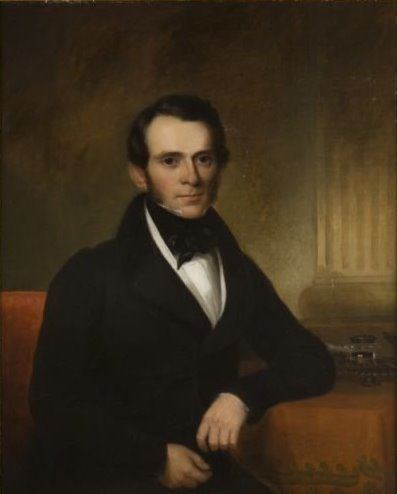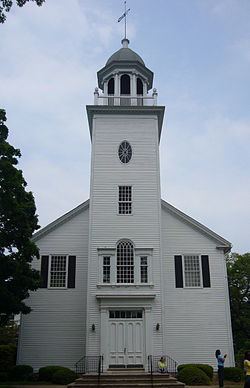Nationality American Children David Hoadley Role Architect | Name David Hoadley Occupation Architect | |
 | ||
Buildings North Church (United Church on the Green), New Haven, ConnecticutCongregational Church, Orange, Connecticut Structures First Congregational Church of Cheshire, Wheeler-Beecher House, Samuel Wadsworth Russell House People also search for Ithiel Town, Elizabeth Tappen, Mary Hotchkiss | ||
Storm chaser david hoadley interview 2013 part 1
David Hoadley (April 29, 1774 – 1839) was an American architect who worked in New Haven and Middlesex counties in Connecticut.
Contents
- Storm chaser david hoadley interview 2013 part 1
- David hoadley romancing the storm
- Career
- Selected works
- References

David hoadley romancing the storm
Career
Born in Waterbury, Connecticut, the son of Lemuel and Urania (Mallory) Hoadley, he began as a carpenter and builder. He was a descendant of William Hoadley of Branford, Connecticut and a cousin of Silas Hoadley, the clockmaker. His son, David, was a banking and railroad executive instrumental in the completion of the Panama Railroad.
Hoadley was self-taught. In 1795, he is already credited with the design of the Congregational and Episcopal churches in Waterbury. Another early design was the Col. William Leavenworth Mansion in Waterbury, built in 1800, which stood until 1905. He also designed and built the Judge William Bristol House, facing the New Haven Green (built between 1800–1802). Although the building was razed, the house’s doorway was preserved and is in the Metropolitan Museum of Art. He also built a house for Judge John Kingsbury in Waterbury in 1805.
Hoadley was married only a few months to Jane Hull, who died in 1799. Then, in 1805, he married Rachel Beecher of Kent, who survived him.
He moved to New Haven in 1814 to build the landmark North Church on the New Haven Green. He built many houses in New Haven, most of which are no longer standing, as well as the Tontine Hotel, now the site of the federal courthouse. Hoadley also designed churches in the nearby towns of Bethany (1809), Orange (1810), Norfolk (1815), and Milford (1823). A number of other churches in Connecticut are attributed to him. Later, Hoadley returned to Waterbury for the remainder of his life.
While Hoadley had no formal schooling and is dismissed as merely a “builder” by some, others point to his genius in the use of wood for classical detail and his unsurpassed buildings, particularly the North Church.
Selected works
Properties designed by Hoadley which survive and which are listed on the U.S. National Register of Historic Places include:
